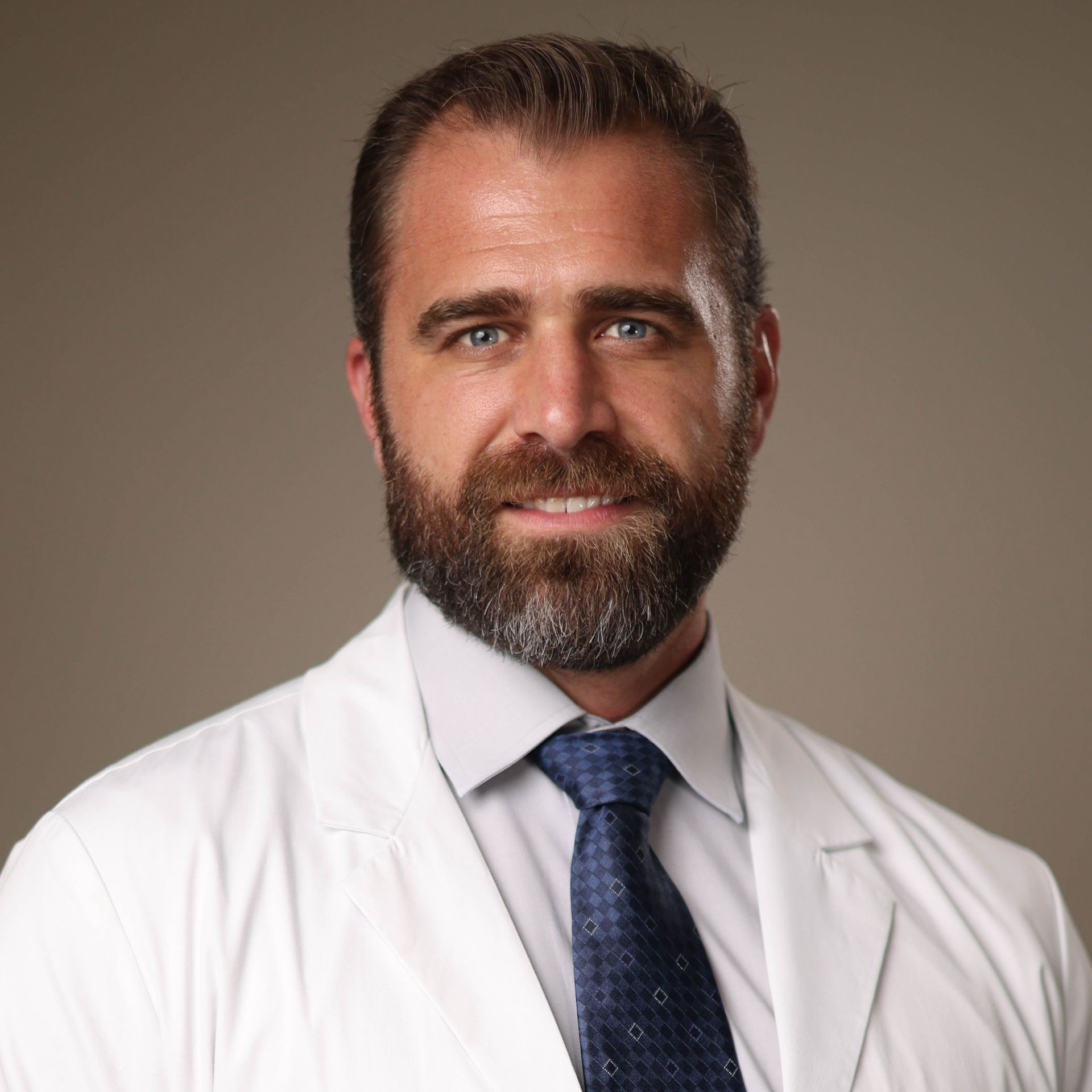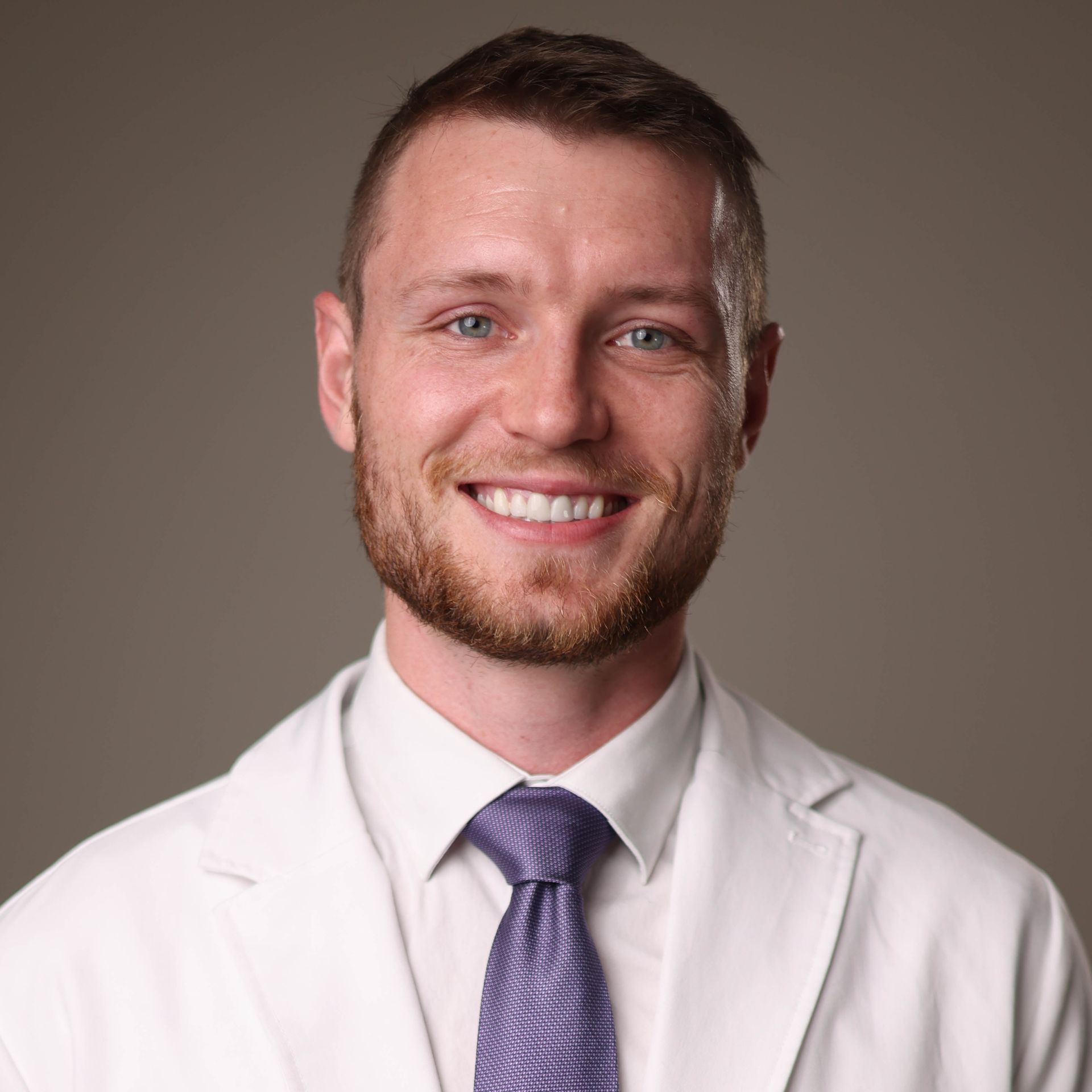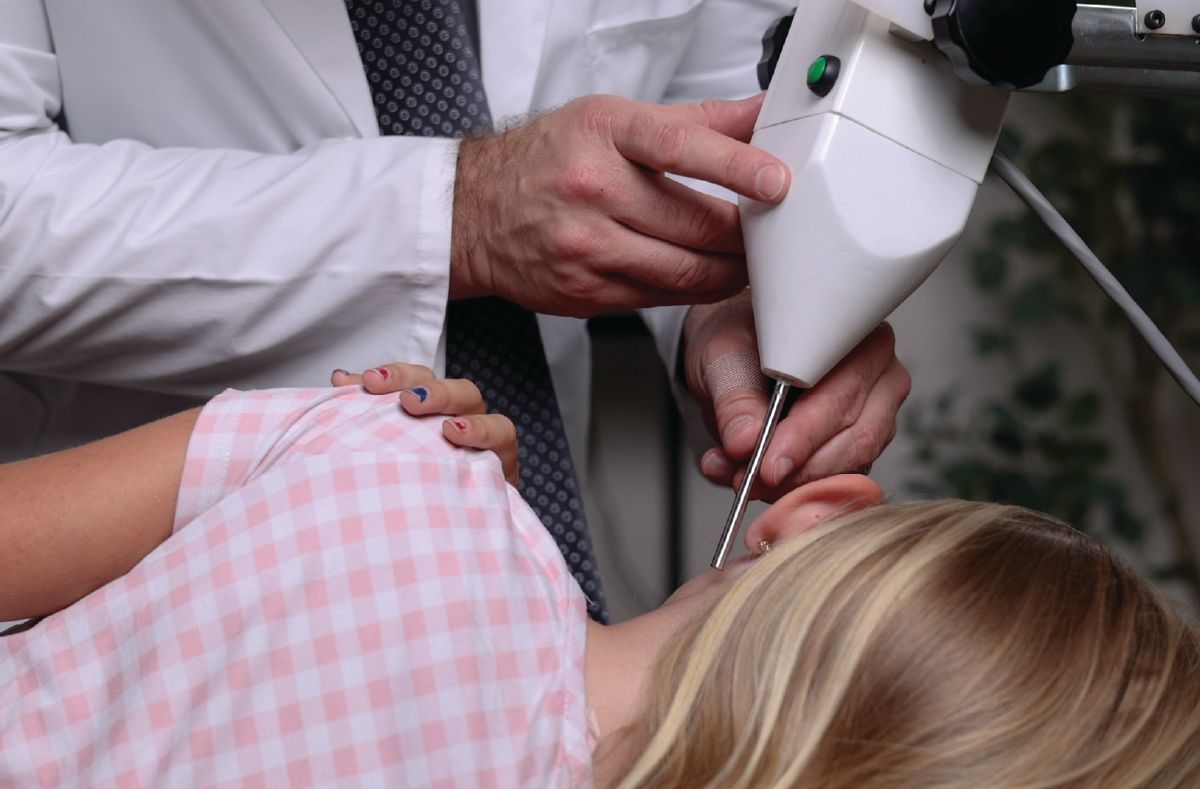Resolution of Chronic Migraines Following Atlas Orthogonal Chiropractic Care
A research article by Dr. Matthew H. Sweat and Dr. Eric Nemzou
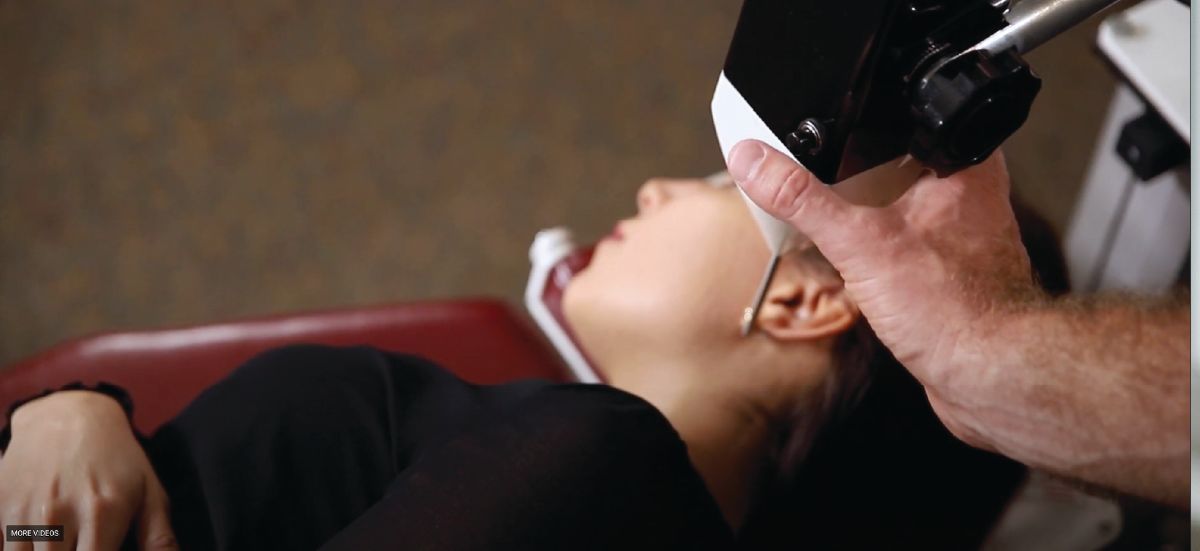
Focused Correction and Imaging: The Role of Atlas Orthogonal in Chronic Migraine
This case report presents the upper cervical chiropractic management of a patient with a 12-year history of chronic migraines and neck pain. Using the Atlas Orthogonal technique, guided by vector-based X-ray analysis and neurostructural indicators, the care plan resulted in a complete resolution of migraine symptoms.
The authors detail how targeted adjustment of the atlas vertebra—confirmed through imaging and follow-up evaluation—contributed to sustained improvement in both neurological function and quality of life. The case adds to a growing body of literature that supports upper cervical care as a non-invasive approach to chronic headache management, particularly when other methods have failed.
How the Case Was Managed
The patient, a 53-year-old woman, reported experiencing migraines with aura up to four times per week, lasting eight hours per episode. Associated symptoms included blurred vision, vomiting, jaw tremors, neck pain, and debilitating fatigue. The headaches radiated from the upper neck into the temporal and occipital regions and were described as stabbing and intense.
After twelve years of symptoms and unsuccessful attempts at care from twelve different providers, she was referred by a neurologist for Atlas Orthogonal chiropractic evaluation. X-ray analysis and spinal assessment confirmed misalignment of the atlas vertebra, with leg-length discrepancy and palpatory findings at C1 and C2 indicating neurological involvement.
A precision adjustment was delivered using the Atlas Orthogonal instrument—a percussion-based tool calibrated to the X, Y, and Z vectors identified on radiographs. Following the first correction, the patient reported immediate symptom relief, including resolution of the migraine, visual disturbances, nausea, and neck pain.
Imaging-Verified Correction and Lasting Outcomes
Radiographic comparisons confirmed that the alignment of the atlas and cervical spine had returned to a more orthogonal position post-adjustment. Neurological findings improved, muscle spasms decreased, and cervical range of motion increased.
Over the course of 90 days and 14 total visits, the patient remained migraine-free. Objective testing—including orthopedic exams, range of motion measurements, and leg-length analysis—showed ongoing improvement. Subjectively, she reported increased energy, improved vision clarity, and full resolution of her chronic symptoms.
This case demonstrates the value of structural imaging, detailed vector analysis, and a specific, low-force correction protocol in addressing long-standing neurological symptoms. While the authors recommend further research with larger sample sizes, this case supports upper cervical chiropractic care as a viable clinical pathway for chronic migraine.
Precision Imaging and Atlas Correction at Cerebral Chiropractic Center
At Cerebral Chiropractic Center in St. Petersburg, FL, we use the Advanced Orthogonal technique, which represents the next generation of precision-driven upper cervical care. Built on the foundational principles of the Atlas Orthogonal technique featured in this case report, Advanced Orthogonal enhances the approach with advanced digital imaging, computerized analysis, and a highly calibrated percussive adjusting system.
While this case used traditional Atlas Orthogonal vector analysis and percussion correction, Advanced Orthogonal builds on that methodology by increasing the accuracy and adaptability of both imaging and adjustment—allowing for reproducible, non-invasive corrections without any twisting, popping, or manual force.
We believe patients with chronic migraines and other persistent neurological conditions deserve a methodical, structurally focused evaluation of the craniocervical junction. Our care protocols are designed to uncover the root of dysfunction and deliver individualized corrections with both safety and precision.
Read the Full Article
For a full breakdown of this case—including imaging protocols, clinical decision-making, and post-care outcomes—you can read the original publication by Dr. Matthew H. Sweat and Dr. Eric Nemzou: Resolution of Chronic Migraines Following Atlas Orthogonal Chiropractic Care: A Case Study & Selective Review of the Literature [Access the full article here.]
Dealing with Chronic Migraines? Specialized Imaging Can Make the Difference
If you suffer from migraines that haven’t responded to traditional treatment, upper cervical evaluation may be a critical missing step. At Cerebral Chiropractic Center, our Advanced Orthogonal assessments use imaging to analyze misalignment at the craniocervical junction and guide individualized correction.
To learn whether this approach is right for you, schedule your consultation today.
More Articles









